Angkor Wat stands as a monumental testament to the grandeur of Khmer architecture and spirituality. Nestled in the heart of Cambodia, this magnificent temple complex has captivated hearts and minds for centuries. Its intricate carvings, vast expanse, and profound historical significance make Angkor Wat not only a cultural symbol of Cambodia but also a beacon of human creativity and devotion that resonates across the globe.
A Journey Through Time: The History of Angkor Wat

The history of Angkor Wat is a tapestry woven with threads of spirituality, artistry, and ambition. As we explore its past, we can appreciate the monumental achievements of the Khmer Empire, which erected this architectural marvel over 900 years ago.
The Origins of Angkor Wat

Angkor Wat was commissioned by King Suryavarman II during the early 12th century. This period marked the zenith of the Khmer Empire, a time when art, culture, and religion flourished. Originally built as a Hindu temple dedicated to the god Vishnu, Angkor Wat served as both a religious site and a royal residence.
The construction of Angkor Wat reflects the advanced engineering skills of the Khmer builders. They employed sophisticated techniques that allowed them to create grand structures without modern machinery. The layout of the temple is designed to symbolize an earthly model of the universe, with its central tower representing Mount Meru, the axis of the world in Hindu cosmology.
Transformation Over Centuries

As time passed, the religious significance of Angkor Wat transformed, reflecting the changing beliefs of the Khmer people. In the 14th century, it gradually became a Buddhist temple, which remains its primary function today. This transition highlights the adaptability of Angkor Wat as it embraced new spiritual practices while preserving its historical essence.
Despite natural disasters and the passage of time, Angkor Wat endured. The resilience of this ancient structure speaks to the dedication of successive generations who worked tirelessly to preserve its beauty and significance. Restoration efforts continue today, showcasing the global commitment to maintain this UNESCO World Heritage site.
Cultural Significance and Legacy

Angkor Wat’s influence extends far beyond its physical presence. It embodies the intersection of faith, artistry, and national pride. For Cambodians, Angkor Wat is more than a tourist destination; it represents their identity and heritage. The temple complex serves as a backdrop for national celebrations and ceremonies, reinforcing its role as a symbol of unity and resilience.
Artists and scholars throughout history have drawn inspiration from Angkor Wat. Its intricate bas-reliefs and stunning architecture have sparked imagination and creativity across disciplines. The stories depicted in the carvings resonate with universal themes of love, sacrifice, and mythology, allowing people from all walks of life to connect with its narrative.
The Architectural Marvel of Angkor Wat
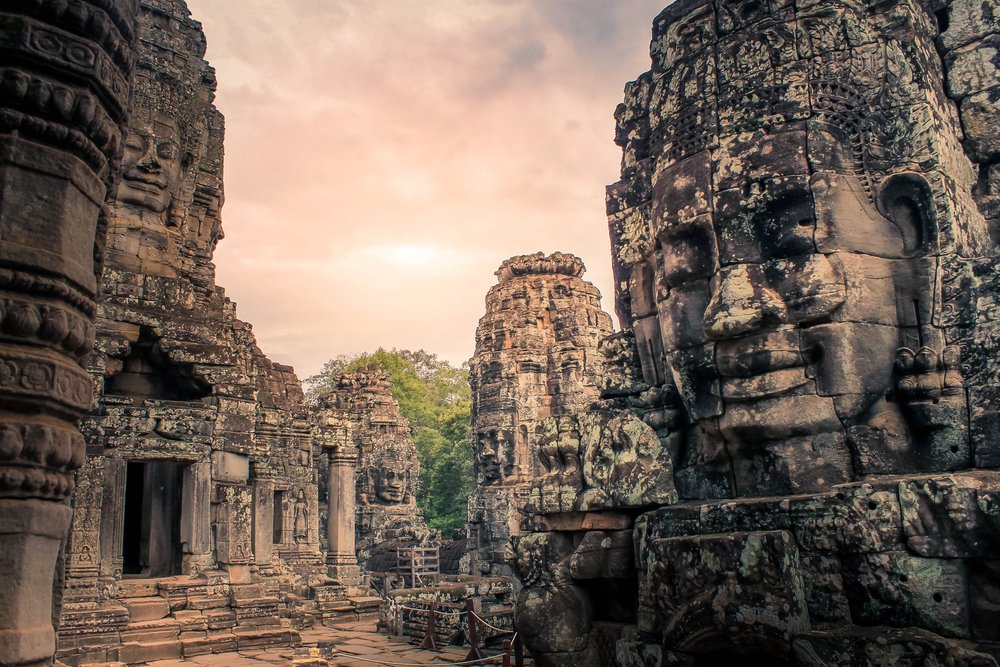
When one approaches Angkor Wat, the sheer scale and intricacy of its architecture can leave visitors in awe. This section will delve into the unique architectural features that contribute to the temple’s status as a masterpiece of design.
The Layout and Design Principles
Angkor Wat’s layout is meticulously planned, embodying the principles of symmetry and balance. The temple follows a westward orientation, symbolizing the journey of the soul toward enlightenment—a concept deeply rooted in both Hinduism and Buddhism.
Each element of the temple is carefully proportioned, creating a sense of harmony. The outer walls serve as a protective barrier, while the inner sanctum invites seekers of truth and spirituality. The five towers rise majestically, echoing the sacred mountains of the Hindu belief system and drawing the eyes upward—an invitation to transcendence.
Intricate Carvings and Bas-Reliefs
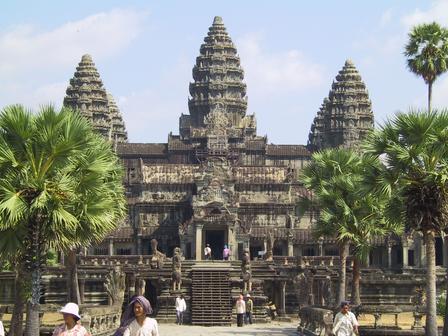
One of the most captivating aspects of Angkor Wat is its elaborate carvings and bas-reliefs. These artistic representations tell stories from Hindu epics such as the Ramayana and Mahabharata. Visitors can witness scenes of gods, demons, and celestial beings, each crafted with remarkable skill and attention to detail.
The narratives depicted on the temple walls reflect not only religious themes but also the social and political dynamics of the Khmer Empire. They offer insights into the lives of the people, their struggles, and their triumphs. Each carving serves as a window into a world long gone, evoking deep emotions and fostering connections across time.
Engineering Innovations
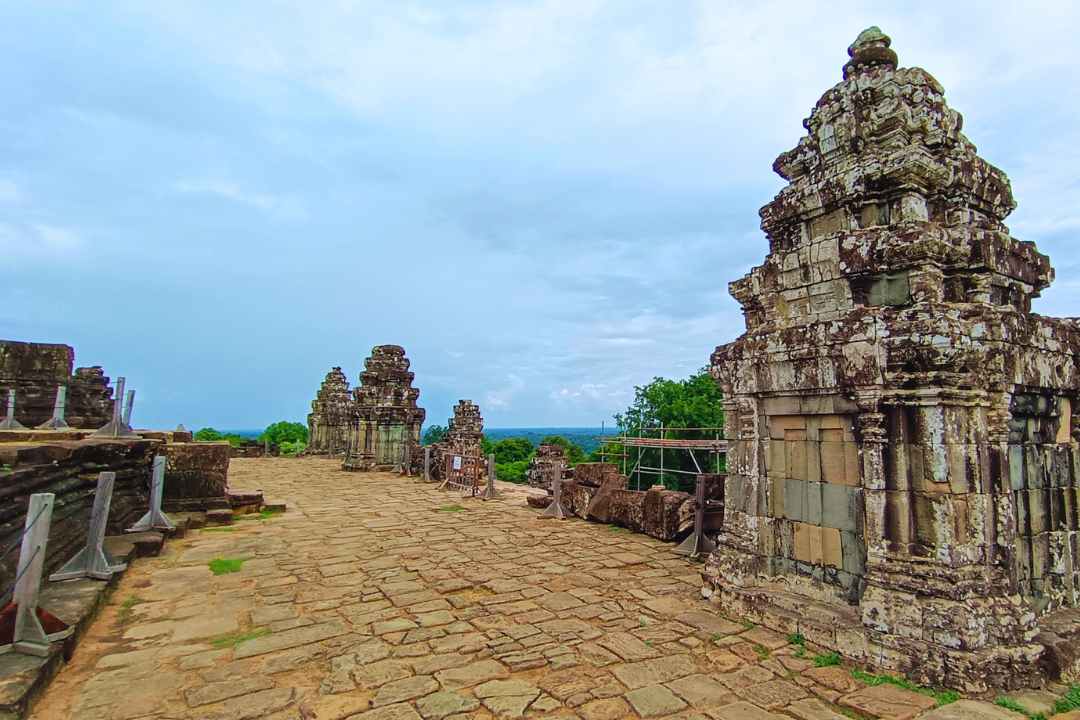
The construction of Angkor Wat is an engineering feat that astonishes even modern architects. The builders utilized sandstone blocks sourced from a quarry over fifty kilometers away, transporting them with ingenuity. The precision of the assembly highlights the mastery of the Khmer artisans, whose expertise laid the foundation for this grand edifice.
Another fascinating aspect is the use of water management systems, including moats and reservoirs. These not only served practical purposes—such as irrigation and defense—but also enhanced the aesthetic beauty of the temple. The reflective waters surrounding Angkor Wat create a mesmerizing effect, amplifying its majesty and inviting contemplation.
Exploring the Spiritual Essence of Angkor Wat

Beyond its architectural splendor, Angkor Wat holds profound spiritual significance. This section explores the religious dimensions of the temple and its enduring impact on the faith of countless visitors.
A Sanctuary of Faith
Angkor Wat is a sanctuary where spirituality and artistry converge. It offers a space for reflection, prayer, and meditation—a haven for those seeking solace in the fast-paced modern world. The tranquility of the surroundings fosters an environment conducive to introspection, allowing visitors to connect with something greater than themselves.
For many Cambodians, Angkor Wat is a pilgrimage site where they pay homage to their ancestors and seek blessings from divine forces. The rituals performed within its sacred halls are imbued with deep meaning, reminding practitioners of their roots and the importance of honoring tradition.
The Role of Rituals and Ceremonies

Throughout the year, various rituals and ceremonies take place at Angkor Wat, reflecting the vibrant spiritual life of the Cambodian people. Festivals celebrate significant events, such as the Khmer New Year and Visakha Bucha, drawing locals and tourists alike to participate in the festivities.
Witnessing these ceremonies provides a glimpse into the living culture surrounding Angkor Wat. The rhythms of chanting monks, the scent of incense, and the vibrant colors of offerings blend harmoniously, creating a sensory experience that transcends time. Such moments enhance the understanding of Angkor Wat as not merely a relic of the past but as a vibrant part of contemporary spiritual practice.
Interfaith Dialogue and Universal Themes

While Angkor Wat is rooted in Hindu and Buddhist traditions, its message resonates universally. Visitors from diverse backgrounds find common ground in the themes of love, sacrifice, and the quest for enlightenment depicted in the temple’s artwork.
This interfaith dialogue fostered by Angkor Wat showcases the power of art as a bridge between cultures. The temple becomes a meeting point for individuals seeking meaning and connection, transcending geographical and cultural boundaries. It encourages a shared exploration of humanity’s collective values and aspirations.
The Challenges of Preservation and Tourism
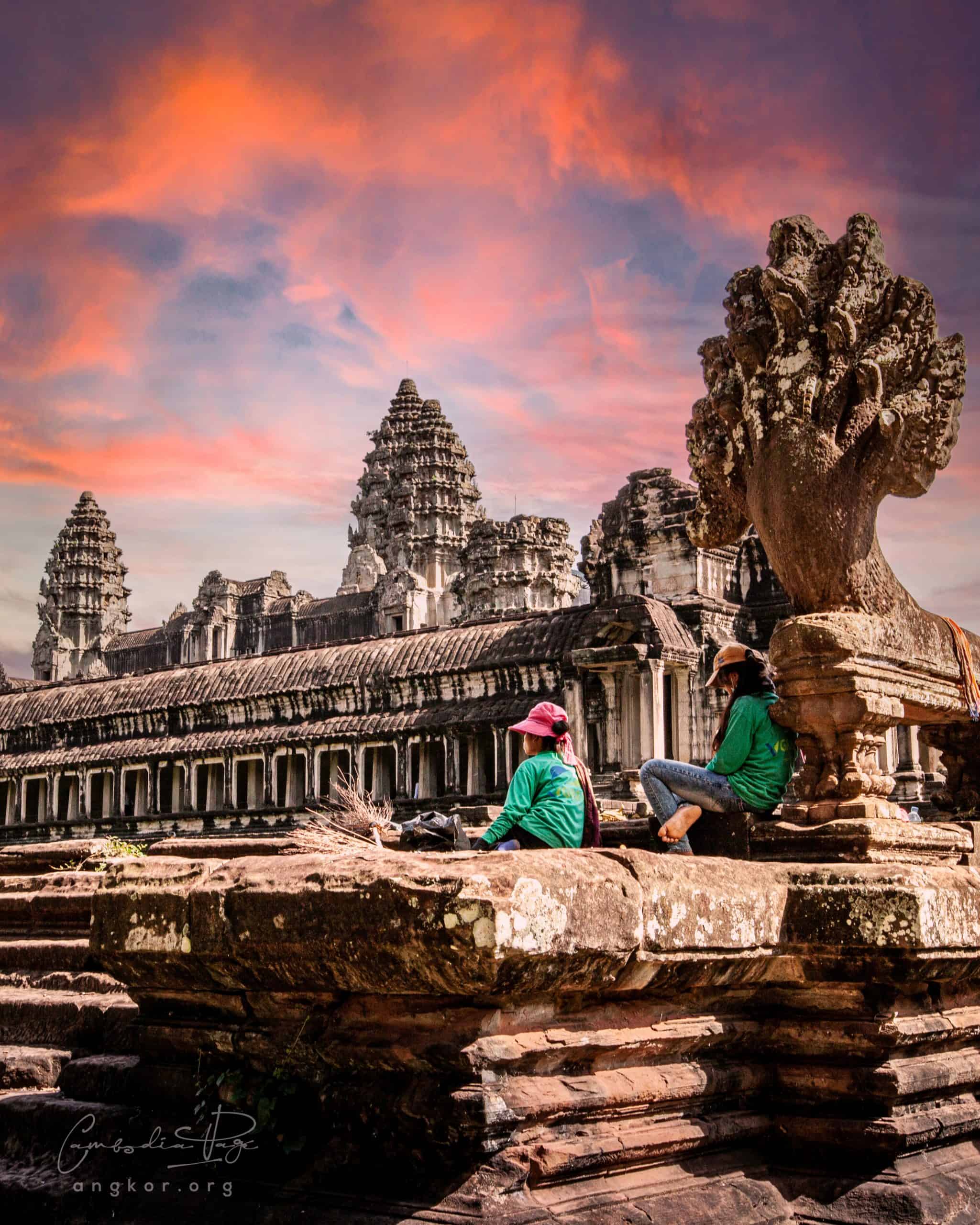
As one of the most recognized cultural landmarks worldwide, Angkor Wat faces numerous challenges related to preservation and sustainable tourism. This section discusses the delicate balance between maintaining the integrity of the site and accommodating the influx of visitors.
The Impact of Mass Tourism

The popularity of Angkor Wat draws millions of tourists each year, bringing both benefits and challenges. While tourism generates revenue essential for local economies, it also places immense pressure on the fragile ecosystem and infrastructure surrounding the temple complex.
Overcrowding can lead to wear and tear on the ancient stones and disrupt the serene atmosphere that defines Angkor Wat. Managing visitor flow and ensuring that the site remains accessible while minimizing environmental impact is crucial for its long-term sustainability.
Conservation Efforts and Technologies

In response to these challenges, concerted efforts are underway to preserve Angkor Wat for future generations. Innovative conservation methods and technologies are being employed to monitor structural integrity and address deterioration caused by weather and human activity.
Local and international organizations collaborate to restore damaged areas and implement protective measures. These initiatives underscore the commitment to safeguarding Angkor Wat as a cultural treasure while promoting awareness about the importance of responsible tourism.
The Role of Education and Awareness
Educating visitors about the cultural and historical significance of Angkor Wat plays a vital role in its preservation. Awareness campaigns and guided tours emphasize the need to respect the site and its surroundings.
By fostering a sense of stewardship among tourists, we can cultivate a deeper appreciation for Angkor Wat and its legacy. Engaging visitors in meaningful discussions about conservation helps ensure that Angkor Wat continues to inspire and captivate future generations.
Conclusion
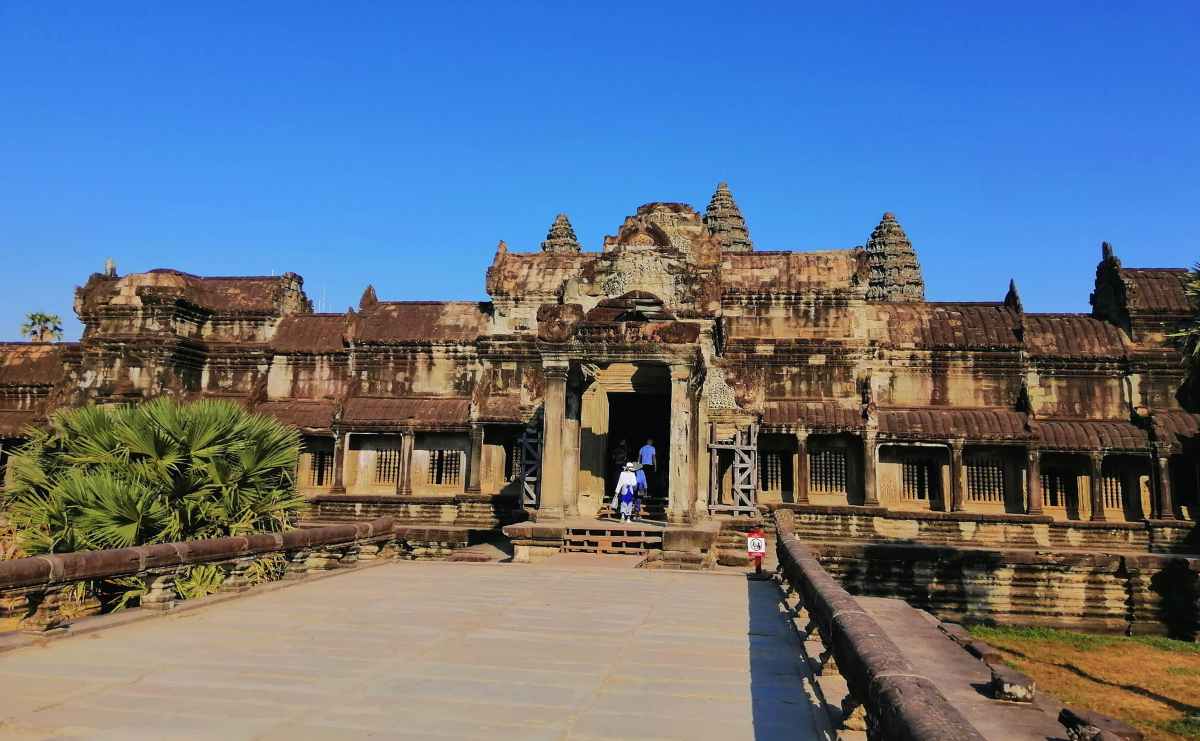
Angkor Wat stands as a living testament to the creativity, spirituality, and resilience of humanity. Its breathtaking architecture, profound cultural significance, and enduring legacy invite exploration and contemplation. As we navigate the complexities of the modern world, Angkor Wat reminds us of our shared heritage and the universal themes that bind us together.
Through its intricate carvings and timeless narratives, Angkor Wat serves as a bridge connecting the past with the present. Despite the challenges posed by tourism and environmental factors, the spirit of Angkor Wat endures, inspiring countless individuals to embark on journeys of discovery, reflection, and connection. As we move forward, let us cherish and protect this incredible cultural gem, ensuring that the stories and beauty of Angkor Wat remain alive for generations to come.
✉️ Stay Connected — Subscribe for Weekly Updates
Discover timeless stories, practical wisdom, and beautiful culture — delivered straight to your inbox.
*We only share valuable insights — no spam, ever.






